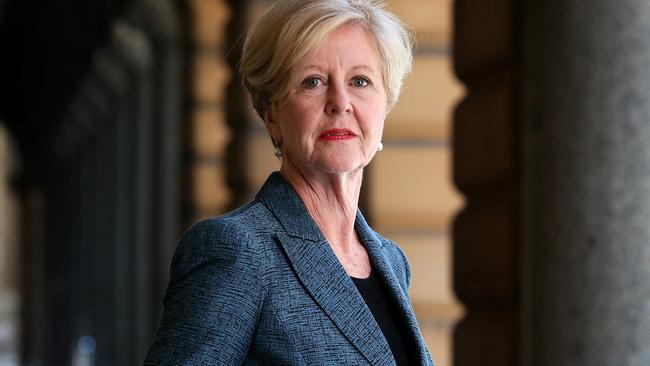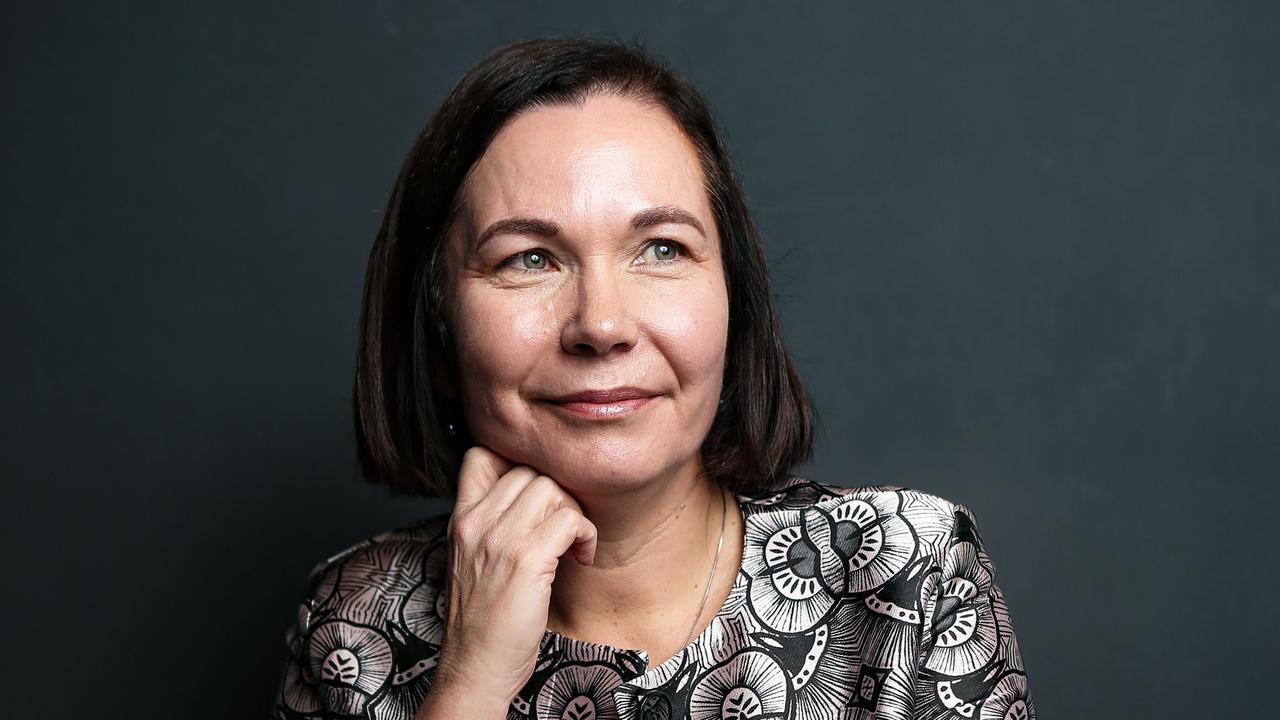Federal election 2016: refugee advocates are really NIMBYs
Greens MPs and refugee advocates calling for an increase in migrants live in affluent areas that take just a fraction.

Greens MPs and refugee advocates who are calling for a huge increase in the humanitarian migrant intake and the end of offshore processing live in affluent inner-city areas that take just a fraction of Australia’s refugees.
Greens leader Richard Di Natale, who is campaigning to more than triple the nation’s humanitarian intake from 13,750 to 50,000 people, lives in the Surf Coast local government area, close to Victoria’s Great Ocean Road. The area settled fewer than five refugees from 2010 to last year.
Australian Human Rights Commission president Gillian Triggs, who has been critical of the treatment of asylum-seekers, is listed as living in the City of Sydney, which took in just 247 humanitarian migrants, and before that lived in the high-wealth area of Woollahra, in Sydney’s inner east, which settled just 14 refugees over five years. By contrast, Fairfield in Sydney’s west received 5816 humanitarian migrants over the same five-year period while the Greater Dandenong area in Melbourne’s southeast took 3899, and Brisbane settled 3862, according to the Department of Social Services’ settlement report.
Former Labor leader Mark Latham questioned this week what the Greens had against refugees because their inner-city strongholds had taken in very few humanitarian migrants. “They say they want to welcome them into Australia but they won’t welcome them into the communities where they themselves live,” Mr Latham told Sky News’s The Bolt Report.
In Victoria, Greens MP Adam Bandt is campaigning to be re-elected to the inner-city electorate of Melbourne. His local government area of Moonee Valley took only 151 refugees over five years.
Mr Bandt said his electorate was full of people who had come from all over the world as refugees and anyone who claimed Melburnians did not want humanitarian migrants living near them had “not been here recently”. “If the government wants more humanitarian migrants to move to Melbourne, they’ll be welcomed with open arms,” Mr Bandt said.
Similarly, Greens immigration spokeswoman Sarah Hanson-Young’s local government area of Mitcham, in the foothills of eastern Adelaide, took just 114 humanitarian migrants over five years. However, she said many communities were “happy to welcome people in need”.
“Both evidence and history have shown us that, when they’re given a chance to rebuild their lives in safety, people seeking asylum become some of the most innovative and hard working citizens we’ve ever had,” Senator Hanson-Young said.
Barrister Julian Burnside QC has spoken out passionately against Australia’s policy of “stopping the boats” and of sending asylum-seekers to Papua New Guinea’s Manus Island and the impoverished nation of Nauru. Mr Burnside lives in Hawthorn, in Melbourne’s inner east, and his local government area of Boroondara received just 79 humanitarian migrants over five years.
However, he has been sheltering refugees in his home since 2000. He said the suggestion refugee advocates were hypocritical for calling for an increase to Australia’s humanitarian intake while living in inner-city areas was “completely misconceived”.
“The people who don’t have refugees living near them are the ones who miss out,” he said.
Mr Burnside said he and his wife, Kate Durham, had housed mainly Hazara Afghan refugees and had gained from them “a really deep-seated understanding that they are just human beings like us”. “They’re not perfect, they’re not terrible, they’re just human beings who are doing their best to get along,” he said.
Mr Burnside said his wife’s “spare rooms for refugees” initiative, set up in 2001, had resulted in people from all over Australia offering their home to refugees.
“We had more rooms on offer than we had refugees able to take up the offer,” he said.
Refugee lawyer David Manne helped to derail in the High Court former prime minister Julia Gillard’s plan to send asylum-seekers to Malaysia and has criticised Australia’s policy of sending migrants offshore. Mr Manne is listed as living in Melbourne’s inner-north City of Yarra, which settled 190 refugees over five years.
Immigration Minister Peter Dutton’s office estimated this week that if the Greens proposal of taking 50,000 humanitarian refugees annually was adopted it would cost about $7 billion over four years, while Labor’s proposal to increase the intake to 27,000 would cost about $2.3bn over the same period. The Coalition supports the existing intake of 13,750, which rises to 18,750 in 2018-19, with a one-off extra intake of 12,000 Syrians this year.





